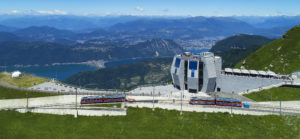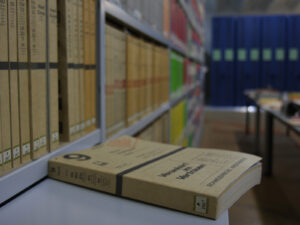
The last phone book
Switzerland’s last printed telephone directories were issued in 2022. What started in Zurich in 1880 now faces the final curtain. A look back.
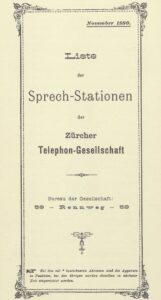
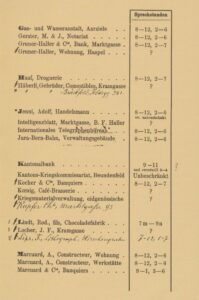
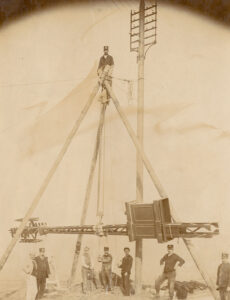

Collection of obsolete telephone books, 1966 (in German). SRF
This article was originally published on the blog of the Museum für Kommunikation.



